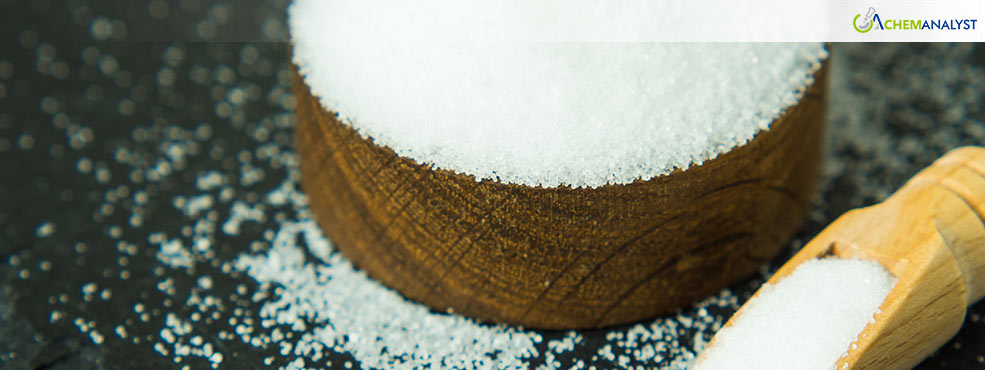Zinc Sulphate Prices Show Stagnancy as Year-End Approaches: Rebound Expected Soon
- 27-Dec-2024 12:00 AM
- Journalist: Royall Tyler
In the first half of December 2024, Zinc Sulphate prices in Asia, experienced a marginal decline driven by various market dynamics. In India and China, Zinc Sulphate prices decreased marginally, the downstream agrochemical segment's market conditions significantly influenced the overall price movement.
In India, the slight decline in Zinc Sulphate prices can be attributed to several factors. The Indian agrochemical sector, a significant consumer of Zinc Sulphate, saw steady demand. Despite economic challenges, the market for Zinc Sulphate remained balanced, with existing production facilities meeting demand levels. Rising input costs due to inflation did not significantly disrupt supply conditions. However, the broader economic slowdown and logistical challenges, including port congestion and potential labor strikes, added complexity to the movement of goods. Despite these challenges, the consistent demand from the agrochemical sector ensured a consistent market presence for Zinc Sulphate in India. Additionally, Zinc Oxide prices declined by 1.2% in the first half, further reinforcing the decline in Zinc Sulphate prices.
In China, the Zinc Sulphate market was influenced by the broader trends in the agrochemical sector. The ongoing halt on Urea exports led to an accumulation of domestic supplies, reflecting similar dynamics in the Zinc Sulphate market. The reduced disparity between demand and supply, along with stable domestic production levels, contributed to stable prices. The manufacturing units operated at robust capacity, maintaining high production rates, which ensured ample availability for local demand. Additionally, the government's decision to halt fertilizer exports aimed at stabilizing domestic prices and ensuring sufficient availability of essential agricultural inputs further influenced the market dynamics.
The supply of Zinc Sulphate in both India and China remained stable during the first half of December 2024. In India, despite rising input costs due to inflation, supply conditions were not significantly disrupted. The manufacturing sector, however, showed signs of slowing growth, reflected in a slight dip in manufacturing activity and a deceleration in output expansion. In China, manufacturing units maintained high production rates, resulting in significant stockpiles within the domestic market. These measures aimed to stabilize domestic prices and ensure ample availability for local demand, effectively balancing supply and demand dynamics.
Demand for Zinc Sulphate in India remained steady, driven by the agrochemical sector, which continued to fuel demand due to ongoing agricultural activities. The demand for Zinc Sulphate in China also remained relatively low, with domestic market activity showing no significant changes. However, the broader economic slowdown and logistical challenges added pressure on market growth. Export opportunities appeared limited, with no significant policy shifts permitting fertilizer exports in the near term. Most market participants anticipated that any relaxation of export restrictions would not materialize until the second quarter of the upcoming year.
Looking ahead, Zinc Sulphate prices are anticipated to rebound soon in the Asian market. As the new year begins, the market is expected to enter restocking mode, with traders beginning procurements for the new year. As a result, demand fundamentals are likely to improve, supporting a potential rise in Zinc Sulphate prices.



